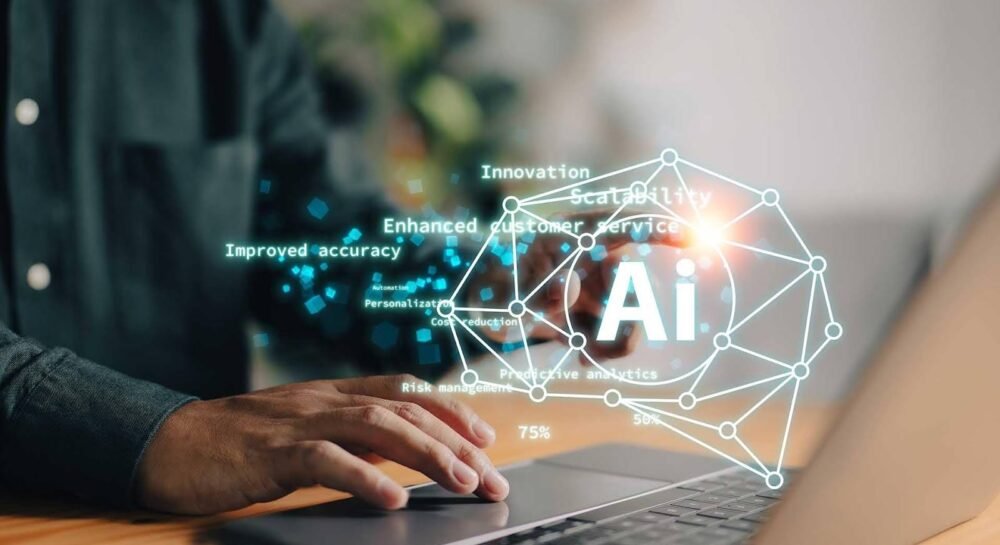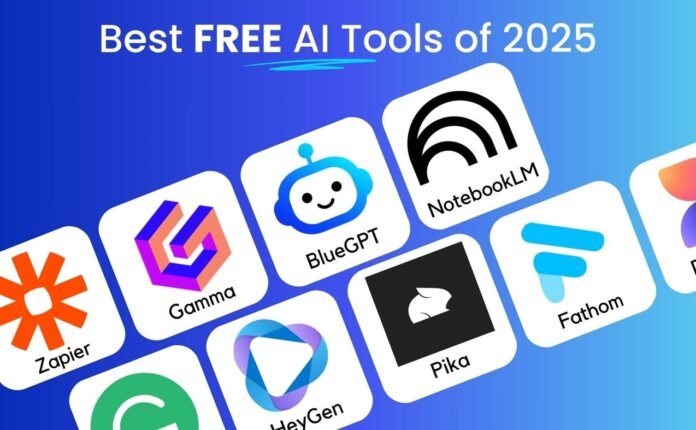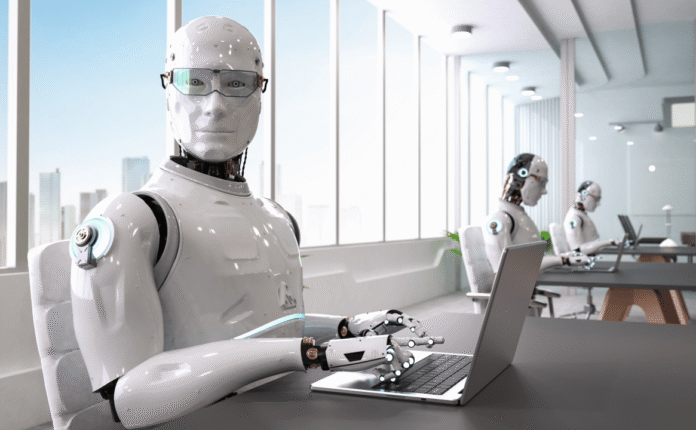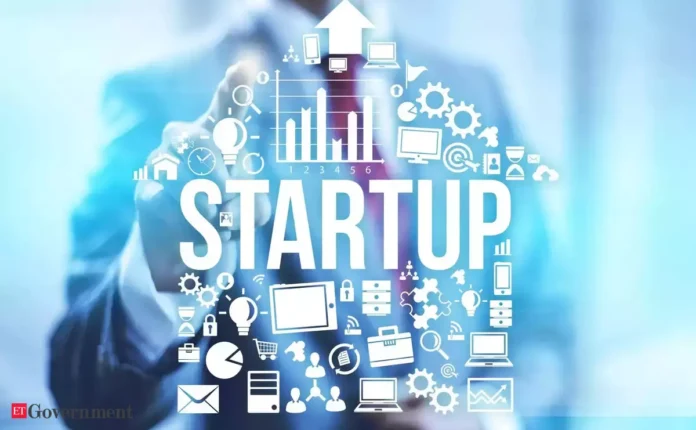In 2025, generative AI has taken the leap from the vibrant buzzword it once was to a key technology in the content creation ecosystem. Artificial intelligence – especially generative models that can produce text, images, audio, and even video – has changed not only how an individual creator, brand, or media organization creates and develops, but it has changed the entire process of creative production as we understand it today.
This is valuable not just because of the automation and speed, but because we have found new ways to think about the creative process in and of itself.
The Shift Towards Multimodal Content Creation
In 2025, at the core of generative AI will be multimodality. Newer AI tools like OpenAI’s GPT-4.5 and, more recently, GPT-5 are currently able to generate and interoperate different types of content easily, even across text, images, video content, audio content, and code. These AI tools are able to understand a multi-level context and allow creators to switch modes seamlessly – writing a blog post, designing a product image, and producing a voiceover (or video) all within the same environment.
Products like Sora, RunwayML, and Eleven Labs have provided the ability for individual creators or studios to prototype and publish professional-quality multimedia content in a matter of hours instead of weeks.

Creativity will be available to all
In the past, making professional-quality content required knowledge, experience, and tools. In 2025, anyone can take an idea and produce a beautiful piece of work through generative AI platforms. You no longer need to be a designer to make amazing graphics or a filmmaker to make amazing film clips. Based on your prompt, you could generate.
- SEO-focused blog articles of high quality
- Social media content that would be viral with AI-optimised hashtags and graphics
- Scripts and storyboards for Youtube or TikTok content
- Tailored marketing emails and product descriptions
- Video explainers and animations with AI-written voice-over
This democratization of creativity is particularly beneficial for creators from disadvantaged or regional backgrounds, as it provides more opportunities for income and influence.
Personalized and Dynamic Content at Scale
If marketing in 2025 is hyper-personalized, AI is the engine driving personalization. Because generative models can now generate content based on how individual users behave, their preferences, and where they fall on their individual journeys–be it tailored marketing email, a user-specific web page, or product video based on dynamic data such as the user’s geography, weather, location or other interests–brands can enjoy a deeper engagement with their audiences.
Even in journalism, AI has made it possible for newsrooms to create reader-specific or geotargeted versions of the same article, taking the reading experience a step closer to immersion, relevance, or both.
The Emergence of the AI Creator Economy
We are also witnessing the emergence of the AI creator economy–a market and trained workforce where individuals are now building entire businesses around AI-generated content. Often these AI creators are AI influencers that never sleep, or even YouTubers that generate hundreds of entirely automated videos a month, where the distinction between human creators and machine-generated creators is blurring.
In some instances, creators apply human creativity alongside augmentations on top of AI, while others create entirely automated workflows. Subscription-based services, Patreon-type platforms, and NFT marketplaces are well-represented (and filled) with new works of AI-generated art, music, writing and voice acting for sometimes zero human effort in the final product.
Moral and Creative Complications
In spite of the potential benefits, generative AI creates more complicated challenges. They are:
- Misinformation and deep fakes: AI-generated videos and voice compilations can hardly be distinguished from real ones, bringing into question how to validly trust and authenticate what is sent.
- Originality and plagiarism: Since AI is based on figuring out patterns based on existing works, debates are ongoing about who owns what comes out.
- Thermal displacement: While AI can perform some of the roles of the human, through automation, it has taken away some of the jobs of writers, editors, designers, and animators.
- Cultural bias and fairness: If the models are not properly trained or moderated, they can (and do) reproduce and/or amplify harmful, cultural bias.
While these problems obviously emerge, organizations and governments have sought to help by creating policies that would require transparency (e.g., AI labeling content) and creators are learning how to blend automation with originality under a humanly-controlled environment.
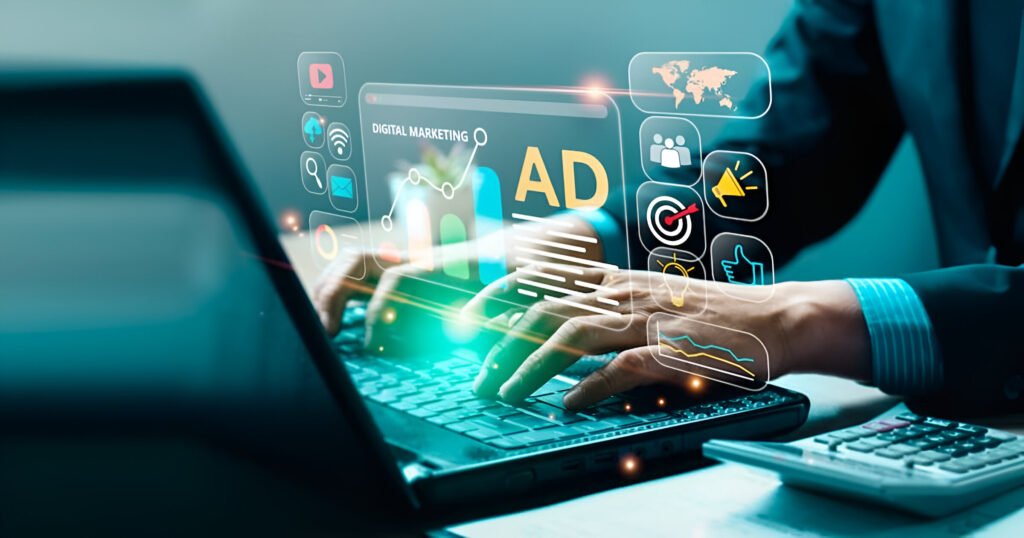
Working Together Rather Than Replace
In 2025, it is become increasingly clear that AI is not replacing creators, but actually becoming the dominant collaborator for many creators. Writers work with AI as co-authors, musicians work with it as a digital bandmate, and filmmakers consider it as a virtual production assistant. The implications of rethinking the act of creating good content with machines means we are creating richer forms of multiple types of content as we figure out more about layered human expression.
As platforms and services take generative AI are being improved, many now offer co-creation spaces for humans and AI to create together iteratively. While artists still do the imagining and creating, AI can help with accelerating and refining execution, generating options, and removing or redefining technical limitations.
Looking Forward
In 2025, the diversity of the content landscape is more dynamic, better, and less risk-averse than ever. Generative AI is changing not just the time and costs to create content, but also how, who, and most importantly why content is created.
Our challenge going forward, is not to use AI but to use it wisely, ethically, and creatively. The creators who are likely to succeed will be those who will accept AI as a not a competitor or replacement but as a transforming complement to the evolving experience of human expression.
Soo koobid Qodobbo Muhiim ah oo ku saabsan Qormada: “Saamaynta Generative AI ee 2025” – Af Soomaali.
- Tiknoolajiyadda AI-da Nooca Abuurka leh (Generative AI) ee 2025:
Sanadka 2025, Generative AI waxay noqotay aalad muhiim ah oo wax ka beddeshay habka abuurka nuxurka (content creation), laga bilaabo qoraalka, sawirka, codka, ilaa fiidyaha. - Abuurka Nuxurka ee Multimodal:
AI-yada GPT-4.5, GPT-5, iyo Sora, awood u leeyihiin in ay isla markaas qoraal, sawir, cod iyo fiidyo Sameeyaan.
Qofka hal-abuura ahina wuxu ka Heli karaa fikrad, AI-du waxay u tarjumaysaa muuqaal, maqaal, cod, ama xayeysiin. - Hal-abuurku Waa Loo Siman Yahay:
Hore waxaa loo baahnaa xirfad, waayo-aragnimo, iyo qalab si loo abuuro nuxur tayo leh.
Hadda, qof walba wuxuu isticmaali karaa AI si uu u abuuro:
- Maqaallo SEO leh.
- Qoraallo iyo sawirro loogu talagalay baraha bulshada.
- Fiidyooyin iyo sheekooyin Youtube ama TikTok ah.
- Xayeysiin iyo sharaxaad badeecooyin.
- Codad sharaxaya fiidyowyo.
4. Nuxur Gaar ah oo La Habeeyay (Personalized Content):
AI waxay abuurtaa nuxur si gaar ah loogu talagalay akhristaha iyadoo eegaysa meel, cimilada, ama danaha qofka.
Suuq-geynta iyo warbaahinta waxay noqdeen kuwo si gaar ah loola beegsado qof kasta.
5. Dhaqaalaha Hal-abuurka AI (AI Creator Economy):
Dad badan waxay ku dhisteen ganacsi ay ka helaan lacag iyagoo isticmaalaya AI.
Waxaa jiray “AI influencers”, kanaalo YouTube ah oo gebi ahaanba ay AI maamusho.
Waxyaabaha lagu iibiyo Patreon, NFTs, iwm. waxay ku jiraan farshaxanno, muusig iyo qoraallo uu AI sameeyay.
6. Dhibaatooyinka iyo Doodaha Jira:
Been-abuur (Deepfake) & Warar been ah: Way adkaanaysaa in la kala saaro runta iyo beenta.
Xaqa lahaanshaha & xatooyada: Waxaa laga doodayaa qofka iska leh waxa AI sameeyay.
Shaqo la’aan: AI waxay beddeshay shaqooyin ay horay u hayeen qoraayaal, naqshadeeyayaal, iwm.
Eex iyo sinnaan la’aan: Haddii AI si khaldan loo tababaro, waxay keeni kartaa eex.
7. Wada-shaqeyn Bani-aadamka iyo AI:
AI ma beddeleyso hal-abuuraha, balse wuxuu noqday saaxiib wax la abuuro.
Qoraayaal, fanaaniin, filim-sameeyayaal – dhammaan waxay AI ula shaqeeyaan sidii gacan-yare ama hormariye.
8. Mustaqbalka Hal-abuurka:
Hal-abuurnimada mustaqbalka waxay noqon doontaa mid xor ah, degdeg ah, kala duwan oo qof walba uu fursad u leeyahay.
Caqabadda ugu weyn waa in AI si masuul ah, hufan, iyo hal-abuur leh loo adeegsado.
Gunaanad:
Generative AI waxay beddeshay sababta, sida, iyo cidda wax abuureysa. Kuwa guuleysan doona waa kuwa AI u arka saaxiib kor u qaadaya hal-abuurka bini’aadamka, ee aan u arkin tartame ama beddel.
